 The 918 Spyder heralds the dawn of a new age in sustainable transport, reckons Saeed Akhtar
The 918 Spyder heralds the dawn of a new age in sustainable transport, reckons Saeed Akhtar
Compared to its previous showing, this year’s Geneva Motor Show had an upbeat tempo and optimism to it. There were a huge number of significant launches and an equal number of outlandish concepts, destined to live out their life inside a plexiglass shell only. The most noticeable trait? Well, it is the shift from conventional vehicles to a whole bunch of alternatively fueled machines that are all poised to usher in the future of transportation faster than we believe. Amongst all the delectable machinery as usual, there stood one car head and shoulders above the rest, both in sheer beauty as well as brawn – the Porsche 918 Spyder concept.
Taken from drawing to show car in less than five months, the 918 Spyder showcases Zuffenhausen’s technical finesse in all its glory. For starters, it is achingly beautiful and looks every inch the true successor of the iconic Carrera GT supercar. But wait, Porsche is very insistent that the 918 is in no way an evolution of the GT. “It would be wrong to describe the 918 as an evolution of the Carrera GT”, says Wolfgang Durheimer, Porsche board member in charge of R&D. “This is a highly sophisticated sports car which employs various groundbreaking energy saving tools to address the dramatically changing driving conditions in which it will operate.”
The car is powered by a normally aspirated 3.4-litre V8 coupled with three electric motors, one at the front and two at the rear. The V8 alone is good for a whopping 507PS. Add the motors into the equation and voila, you have 221PS more. The V8’s figure is 114PS less than the Carrera GT’s however, the 918 is quicker everywhere than the GT. The lithium-ion battery, charged by either the V8 or the regenerative braking system, can act as a range extender by driving the rear electric motors. Even more impressive, the 918 can run on electric power alone in the rear-wheel drive mode. This is supercar performance harnessed for the first time into a car that truly does its bit for the environment. This is the where performance and eco-sensibility does not have to be at odds with each other.
 ANATOMY OF THE GREATEST PORSCHE EVER
ANATOMY OF THE GREATEST PORSCHE EVER
1 FRONT ELECTRONICS
Electric portal axle drives the front wheels on demand, but 918 is a rear-biased four-wheel drive chassis. Nose may eventually contain one of three cooling units. Tiny luggage space in here too.
2 ELECTRIC DRIVE
One of the three electric motors sits over front axle. ‘The number of motors and where to put them was a big issue.’
3 THE BATTERY
Lithium-ion battery is charged by regenerative braking system or by the V8 engine, which can act as a range extender by driving the rear electric motor.
4 THE V8 ENGINE
Normally aspirated 3.4-litre V8 revs all the way to 9000rpm. At 507PS it’s less powerful than the Carrera GT’s V10, but the 918 is quicker.
5 PDK GEARBOX
Probably the most perfect showcase yet for Porsche’s super-quick seven-speed ’box. Its behaviour and that of the whole drivetrain can be tweaked by a wheel-mounted selector for five different settings, including R for racetrack.
6 ELECTRIC MOTOR
918 can run on electric power alone in rear-wheel drive mode. This motor and the other two electric units add 221PS to the 507PS of the V8.
7 REAR ELECTRONICS
Porsche’s most sophisticated electronic brain yet – real-time data fed back to the cockpit includes actual vs available performance of the electric motors, energy flow, brake energy recuperation rate and g-force display – yet this project is so hot off the press quite a few of these details are still being argued about.






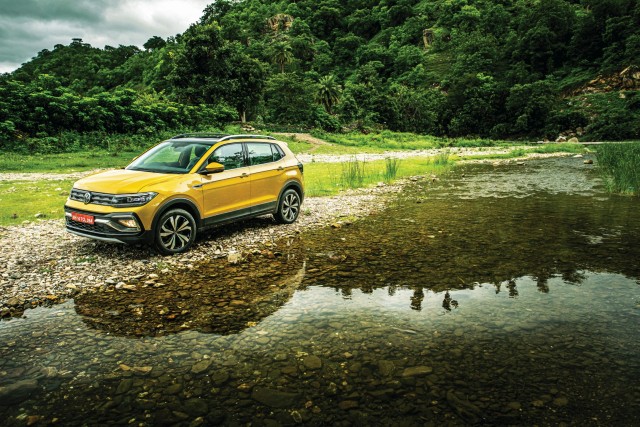
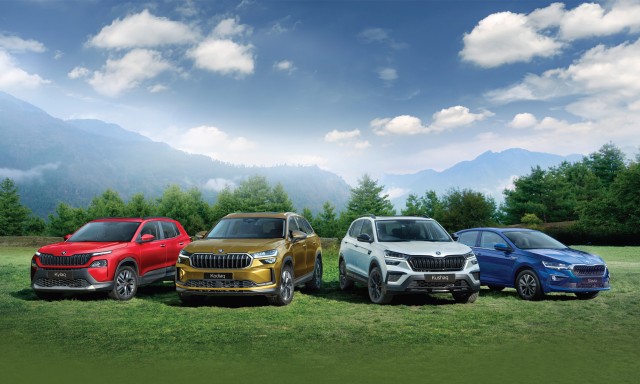

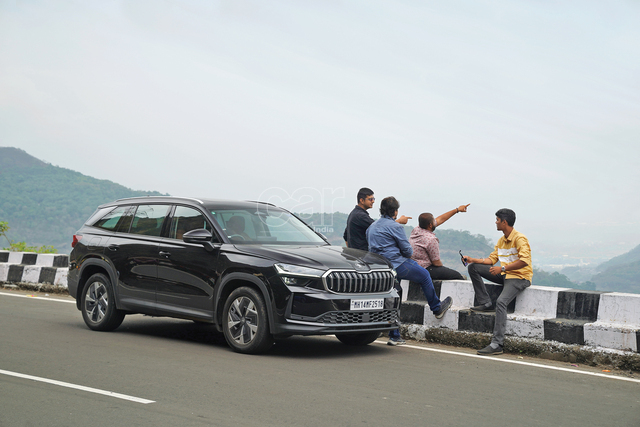


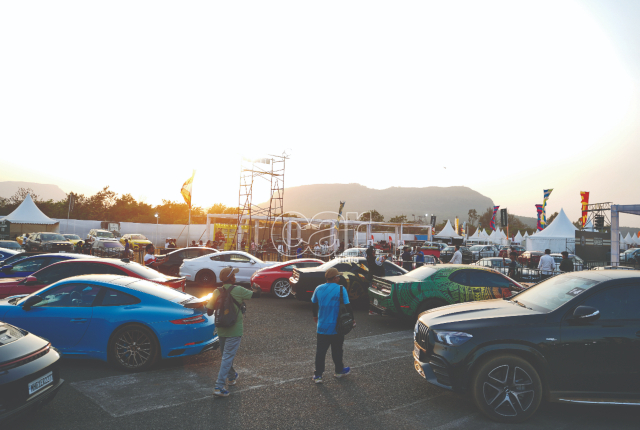
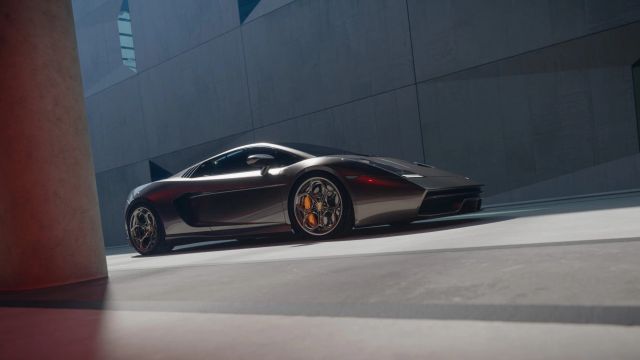


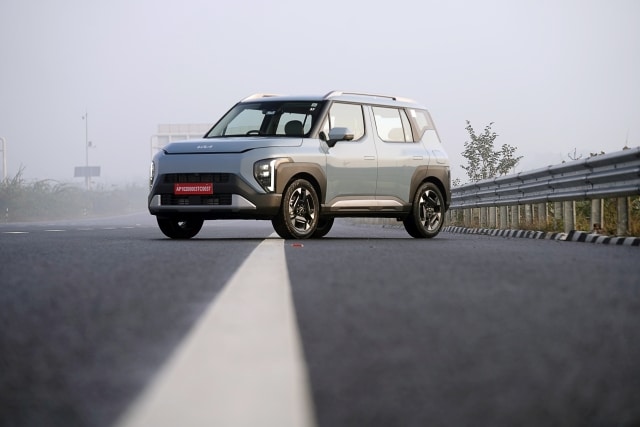




Leave a Reply